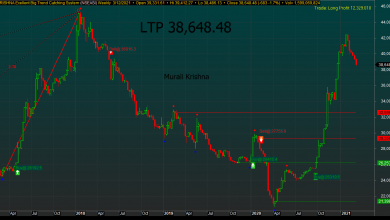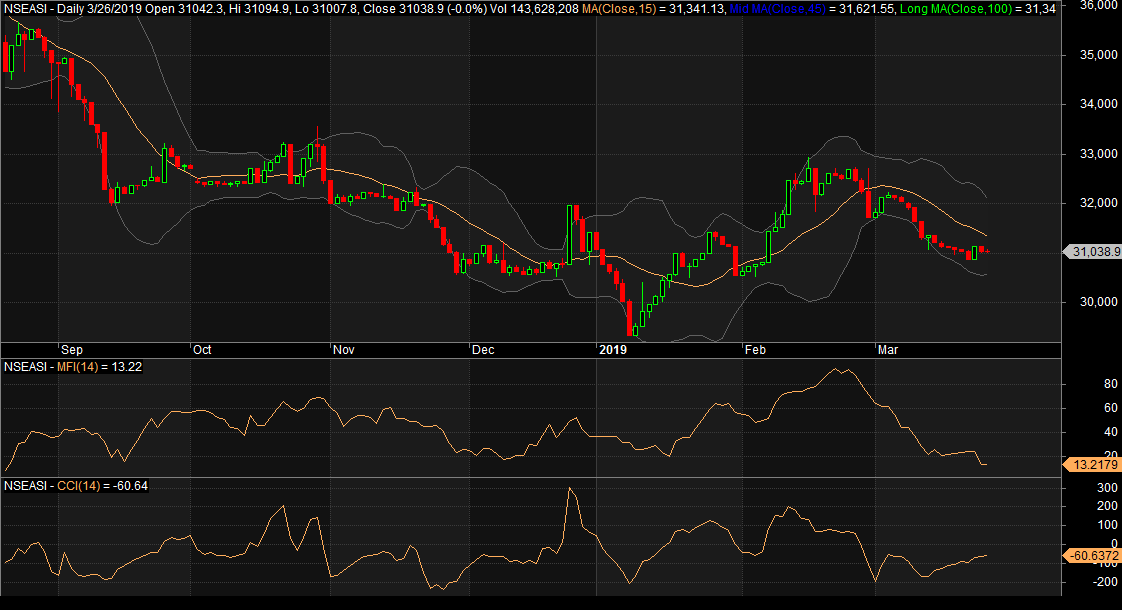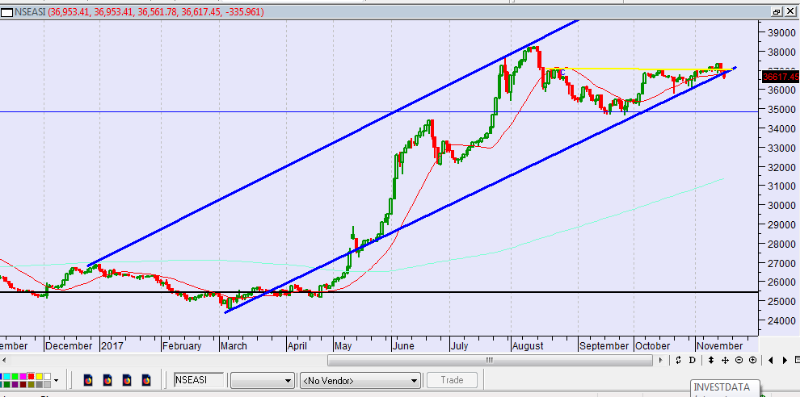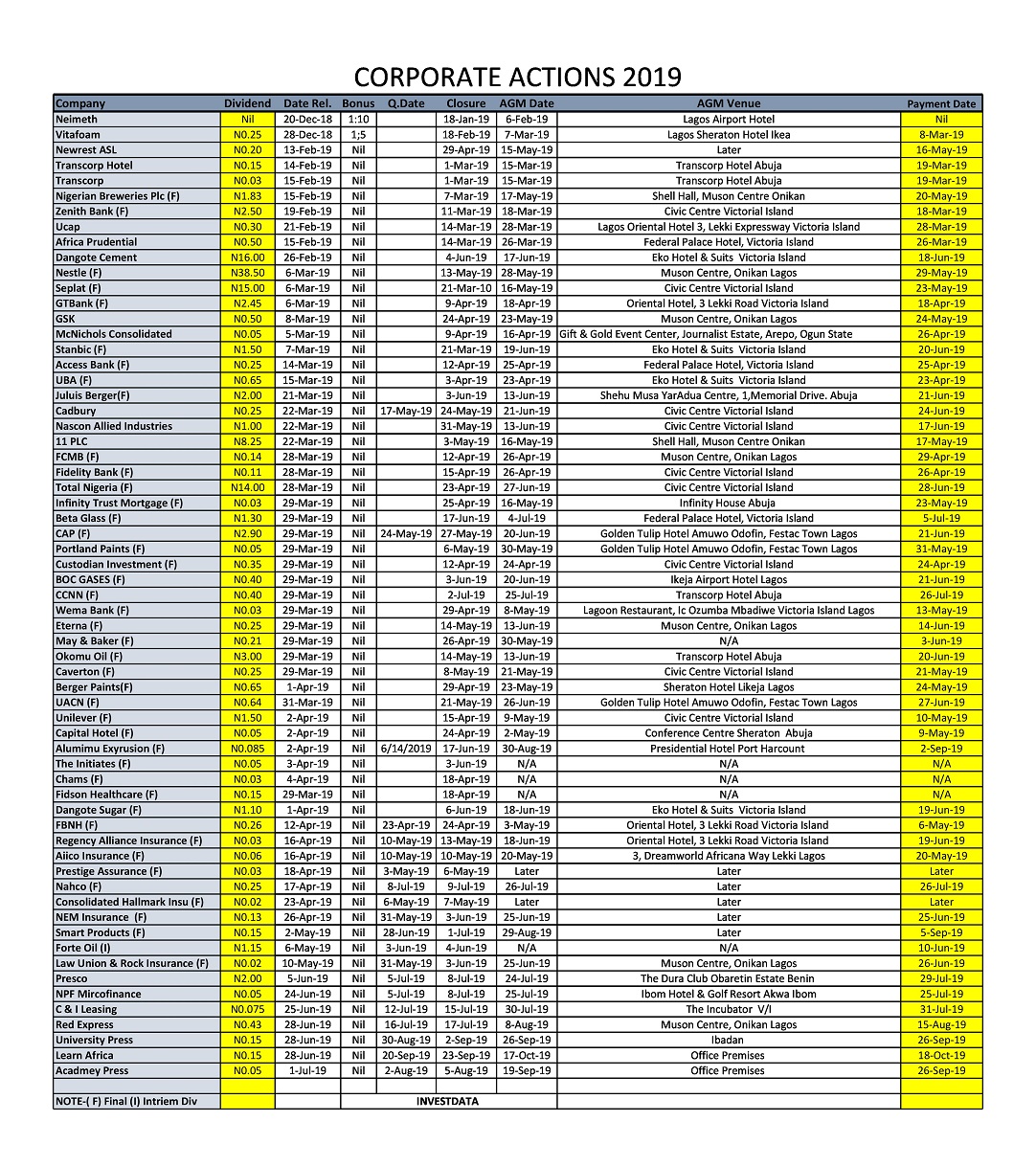The Power of Dividend Growth In Equity Investment

Before now, many investors thought of dividend payment in equity investment as boring, offering low returns on investment, compared to high flying penny stocks, with pretty exciting volatility, as those who know how to successfully ride on them making a kill.
However, dividend paying companies are usually more matured and predictable, a situation some may consider dull, but the combination of consistent dividend and a rising stock price can offer earnings that are potentially powerful enough to be excited about.
Understanding how to estimate dividend paying companies can give some insights into how such can boost returns on investment, especially if reinvested.
A common perception is that a high dividend yield indicates that the dividend paid is a fairly high proportion of return on the stock price and the most important measure.
However, yields that is considerably higher than that of other stocks in an industry may indicate not a good dividend but rather a dividend yield that is depressed, which is equal to annual dividends per share divided by share price.
The suffering price, in turn, may signal a dividend cut or, worse still, an elimination. The important indication of dividend power is not much a high dividend yield but good quality company and growth that can be discovered through its history of dividend payment, showing increase over time. If you are a long term investor, looking out for such companies can be very rewarding.
Dividend payout ratio: This is the proportion of a company’s earnings allocated to paying dividends, which further demonstrates that the source of dividend- the company’s net profit aligns with its growth.
Therefore, if a company keeps a dividend payout ratio constant, say 5% and the company grows, that 5% begins to represent a larger amount. For instance, 5% of N30, which is N1.50 is higher than 5% of N15 which is 75 kobo.
We can demonstrate this with an example. Let’s say you invested N1,000, in AXY Company, buying 10 shares, each at N100 each. It is a well-managed company that has a price-to-earnings ratio of 10, and dividend payout of 10%, which amounts to a dividend of N1.00 per share. That is decent, but nothing to write home about, since you receive only a miserly 1% of your investment as dividend.
However, because AXY Company is well managed, the company expands steadily and after some years, the share price grows to N200. The payout ratio, however, has remained constant at 10% and so has the price-to-earnings ratio at 10%, therefore you are now receiving 10% of N20 in earnings or N2 per share, because earnings is on the increase, even while payout remains unchanged. Since you paid N100 per share, your effective dividend yield is now 2% from the initial 1%.
For years, many investors have been using this dividend focused strategy by buying shares of blue chips companies. In the above example, we showed how lucrative a static dividend payout can be, imagine the earning power of the company that grows so much as to increase its payout.
In all of this, a company’s dividend policy plays an important role because the portion of its earnings that is paid to shareholders is pre-determined and also guides dividend equalization, where a company wants to maintain a steady payout, whether in bad or good times. This can be achieved with the board going into its reserves or retained earnings to make up for shortfalls to shareholders.
The company’s reserves serve as buffer between a certain dividend level and profit recorded. The sums are transferred and stored in a reserve account in good years and then withdrawn therefrom in bad years to sustain the dividend payout history. The same retained earnings can equally be used by the company for expansion purposes without borrowing.
Since the year kicked off with an uptrend market, smart traders and discerning investors should have started preparing for the earnings season, and the associated tendency of dividend paying stocks to perform above average in the first quarter of the year. To profit from the potential gains of the earnings reporting season therefore, you should have considered buying, before now, valued stocks with strong possibility of payout growth, irrespective of the current prices.






